Although using a clay bar on your car is an essential part of detailing, it shouldn’t be done unless absolutely necessary. The clay bar has a specific job – to remove bonded contaminants from your paint. Even when used properly, it should be considered a necessary evil since it can be abrasive.
Table of Contents
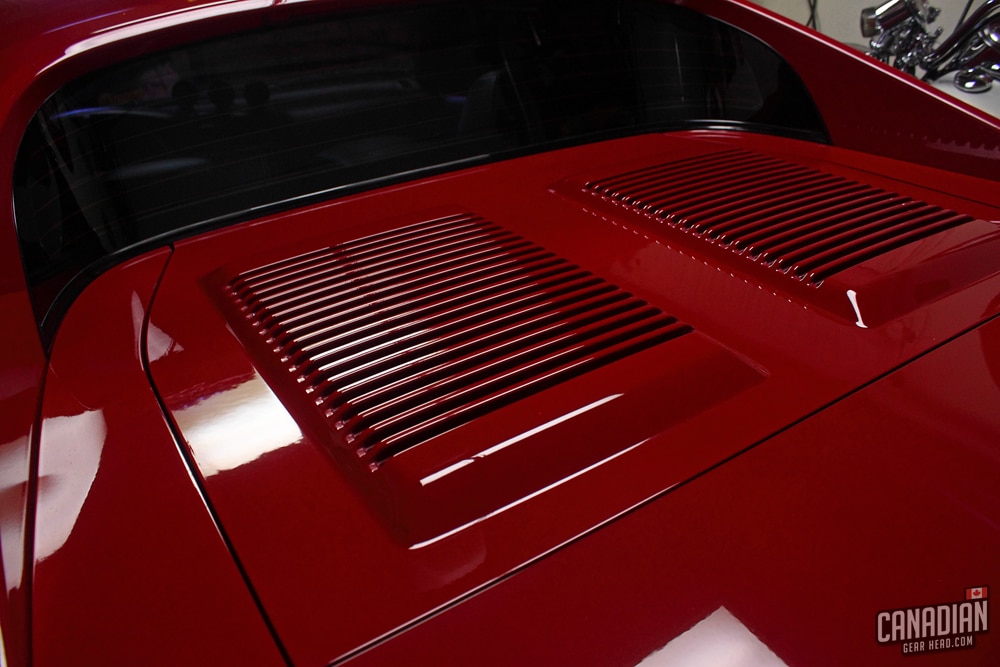
I’m sorry, but if someone has told you that you should use a clay bar on your car often, they lied to you. Either they’re trying to sell you something, or they just don’t know what they’re talking about.
Stop using a clay bar on your paint on a regular basis!
A clay bar treatment isn’t something that should be done on a schedule. It either needs to be done, or it doesn’t. If it’s been done recently, your paint is likely still smooth. The fact is, you should never clay bar your car and stop there.
Clay bars are abrasive and will mar your paint while they remove the contaminants. You need to polish the paint afterward in order to maintain a perfect finish. Even a mild all-in-one polish like this one will be enough to fix any damage the clay has caused, and leave some protection behind.
Let me ask you this: would you wet sand your paint if there were no defects or scratches that needed to be fixed? Of course not!
Well, using a clay bar is a similar idea, although it’s far less aggressive. One of the golden rules of detailing is if something doesn’t need to be done – don’t touch it. Your clear coat will thank you.
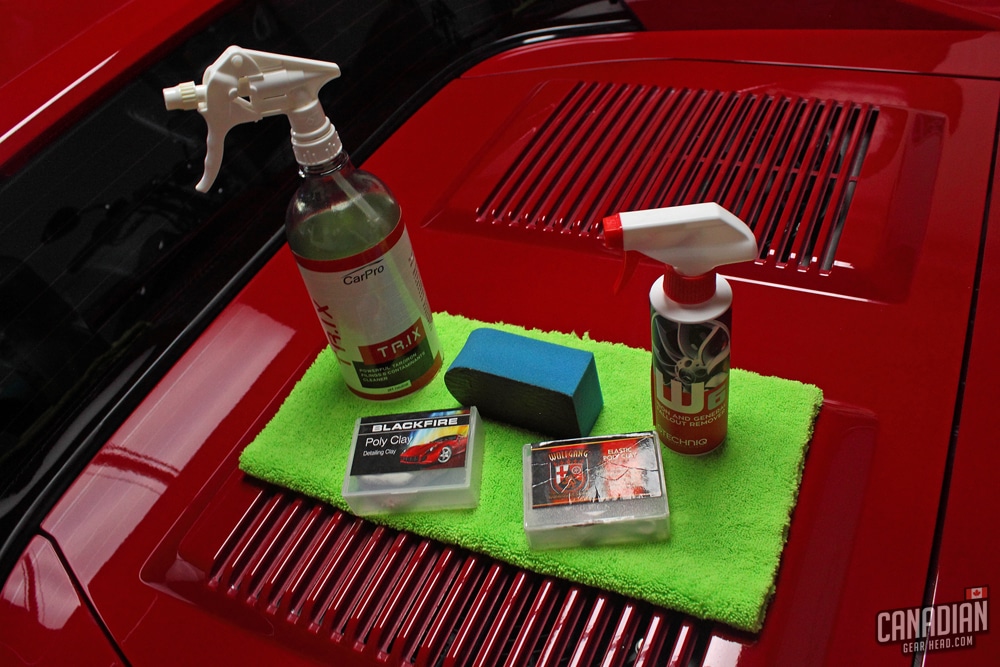
The Famous “Clay and Wax” Package
This is where some of the misconceptions about clay bars started. Of course, companies that sell clay bars would like you to use one after every wash. On top of that, we have the typical “clay and wax” package that has been made popular by cheaper professional detailers.
What’s my problem with a package like this?
It’s easy money. You see, a pro can clay and wax a car in under an hour. The end result is a smooth, shiny car. But did they actually need to use a clay bar? Maybe not.
The waxing stage is creating 90% of the end result here. Sure, a freshly clayed surface will allow the wax or sealant to bond better to the paint which in turn makes it last longer.
By paying for a service like this, the consumer feels like they’re pampering their car. Word spreads, and more and more people will choose a “clay and wax” package.
Who wins? The detailer selling the service and the manufacturer selling the product. Now they have your money… and you have a dull looking car that needs to be polished.
Over-using a Clay Bar is Nothing to Brag About
The truth is, if you don’t have many bonded contaminants, you’re just going to risk scratching your paint for little to no gain. I hear it all the time. People brag about how often they clay their paint as if it proves that they take good care of it.
Don’t get me wrong, I applaud anyone who spends time putting in the elbow grease to look after their vehicle. But your time is likely better spent doing something else to it.
Clay bars scratch your paint. That’s just the nature of the beast. Rubbing anything abrasive across your paint will mar the surface causing thousands of microscopic scratches.
Once you have enough of them, they’ll give the surface a dull appearance.
These marks are hard to see for most people and they’re usually covered up with wax. Once the wax wears off, they reappear.
So When SHOULD You Use a Clay Bar?
If your car hasn’t had a clay bar treatment in a few years and it sits outside, it’s probably time to do it. The best way to check is to run your hand across the paint after you’ve washed it.
Does it feel rough and textured? Can you hear the sound of your hand moving across the paint? Those are both tell-tale signs that your paint is contaminated. In this case, a clay bar is an excellent thing to use.
Believe it or not, most brand new cars already have contaminated paint. This is because they’re shipped on trains which causes rail dust to build up on them.
So even if you’ve just bought your car, it’s still a good idea to check for contaminants. Clay bar treatments are very common elements in prepping a new car.
The only other time I use a clay bar is before doing a paint correction. As a matter of fact, I use it nearly EVERY time, even if it’s been done recently. Why is that?
Because if there’s even a 1% chance that a metal particle is stuck to the paint and my buffing pad picks it up, my polisher will become a weapon that’s set to seek and destroy the entire paint job.
A clay bar can also be very helpful when deep cleaning your car’s windshield. For more info on that, check out this article:
Paint decontamination, and why we do it
Most of our beloved vehicles have to endure some pretty harsh conditions. Being outside in the elements exposes our paint to all kinds of contaminants. Some examples of these are paint overspray, brake dust, exhaust soot, railway dust, and sometimes even things like tree sap and bug guts.
If left on the surface, contaminants can change the way our paint looks and feels.
Your car’s paint is technically a porous surface, much like your skin. These pores will expand and contract with temperature and contaminants love to stick in them. In most cases, washing and scrubbing won’t remove them. You need something to grab onto them and pull them out.
There are two ways that we can decontaminate our paint: chemical and mechanical.
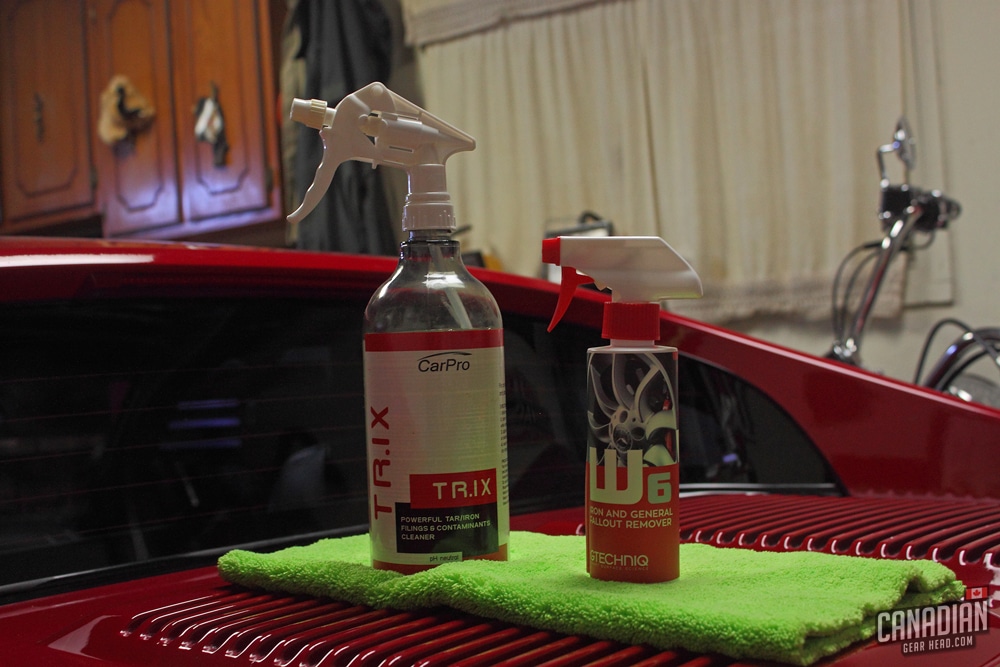
Chemical decontamination:
Have you ever seen a white car with a bunch of orange specks or dots all over it? Those are rust stains from metal particles that have stuck to the paint. Despite what most people believe, this actually has nothing to do with the color of the car.
Every car can suffer from this, it’s just more visually noticeable on light colors. These particles can be dissolved with chemical decontamination.
This typically involves spraying a product on the paint, allowing it to sit for a couple minutes, then spraying it off during the wash process. Fallout removers like IronX and bug and tar removers like TarX are both popular products for chemical decontamination. CarPro also sells a mixture of both in a product called T.R.I.X.
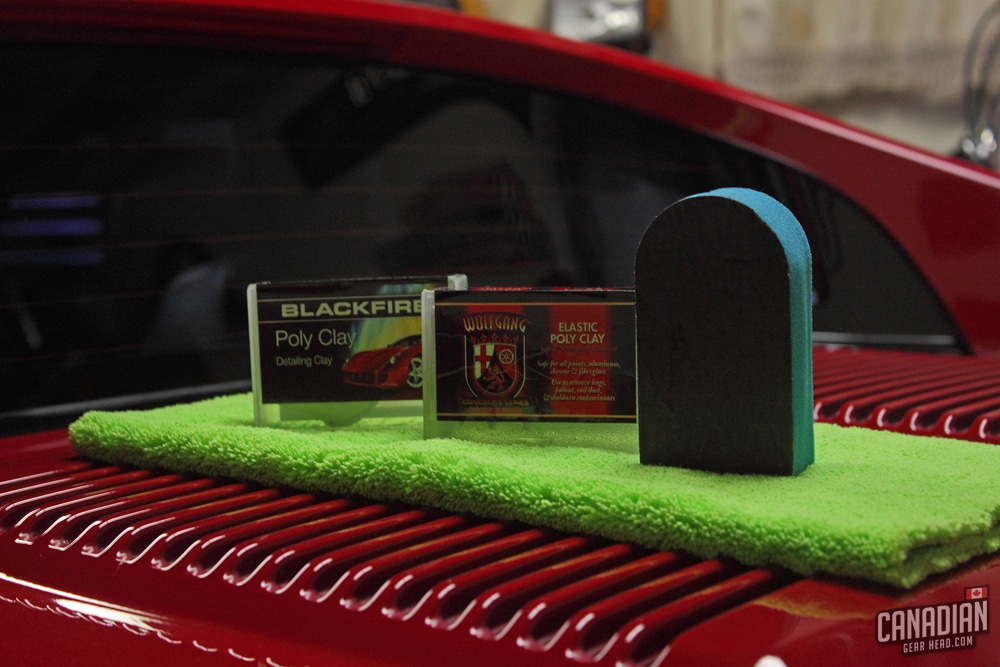
Mechanical decontamination:
This is where clay bars and other alternative products come in. Mechanical decontamination is exactly what it sounds like. The friction created by moving the clay back and forth physically pulls the contaminants out of the paint.
Heavily contaminated vehicles will require this type of work to remove everything completely. Since we’re dealing with friction and abrasion, this option is much more likely to mar the paint.
Mechanical decontamination will be more effective, but it will also mar the paint. If you’re maintaining an already near-perfect finish, stick with the chemical form. If you’ll be polishing afterward, mechanical is the way to go. For the absolute best results, do both.
My Clay Bar Isn’t Working!
Before you run to the internet to write a scathing review about your clay bar of choice being defective, make sure that’s actually what’s happening. Nine times out of ten, the clay bar isn’t the problem – the user is just expecting it to do something that it wasn’t intended to do.
What Clay Bars Do – and What They Don’t
There are a few misconceptions about what clay bars actually do for your car’s paint.
What they don’t do:
A clay bar isn’t going to fix scratches in your paint. It won’t fix that scuff in your bumper. Your swirl marks won’t magically be filled in. It certainly won’t add shine to your car.
Those rock chips won’t change, and to think a clay bar will fix your areas of rust is absurd. These are all common reasons why people complain their clay bar didn’t work. Of course it didn’t work for that – it’s not meant to!
What they do:
Clay bars are designed to grab onto contaminants that are stuck to your paint and pull them off. Think of these as things that get embedded in the “pores” of your clear coat. A clay bar is typically the final step that makes sure your paint is surgically clean.
The results you can expect from using a clay bar alone are not very exciting. As a matter of fact, you probably won’t see any visible difference at all. A clay bar’s purpose isn’t to change the look of your paint. Its job is to make it feel slippery and smooth.
For this reason, you can’t judge a clay bar treatment’s success with your eye – it’s all about touch (and in extreme cases, sound).
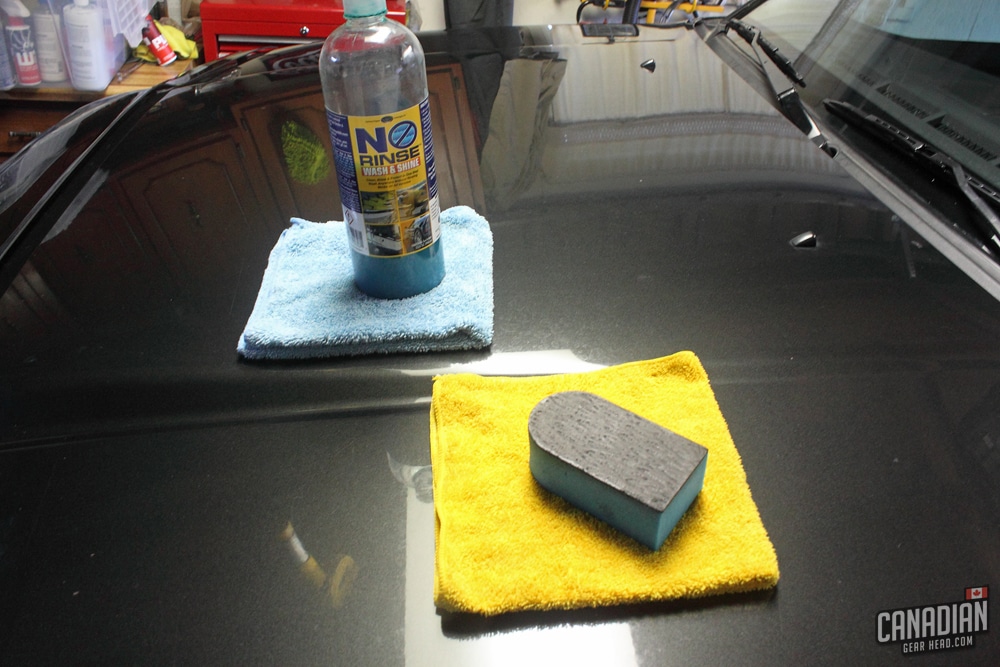
Clay Bar Alternatives
A few companies have come out with new alternatives to use instead of the old style clay bar. These have a rubber-like surface on them which tends to last much longer than a clay bar.
One of the biggest draws to these is that you can actually clean them safely if you drop them on the ground. Dropping an actual clay bar seals its fate, and it’ll have to be sent to the trash.
There are different styles when it comes to clay bar alternatives. Sponges, mitts, towels, blocks, and even discs for your DA Polisher are now available.
Although I prefer to use a traditional clay bar on cars with more finicky paint, I’ve mainly transitioned to using a Nanoskin Autoscrub sponge. Whether it’s a clay bar or an alternative, I always choose a fine grade over the more aggressive versions.
Clay Lubricant
Most of the time I’ll just use the leftover soapy water from washing the car. Certain product manufacturers recommend against this, but remember what I said about taking their motives into consideration? These companies also happen to sell specific clay bar lubricants as well…
They claim the soap will degrade the clay bar over time. That might be true, but I’ve never had a problem with it. By the time the clay gets broken down, it would be used up and ready to be replaced anyway.
If I don’t have any soapy water on hand, I’ll use some Optimum No Rinse diluted to their clay bar lubricant ratio. This adds plenty of slickness to the surface for a safe clay bar treatment and I always have some on tap for other uses.
Using a clay bar – final thoughts
I hope I haven’t scared you away from using a clay bar with this post. That wasn’t my intent. But I feel as though many of you have been misled about when and when not to use them. Before you use a clay bar, it’s important to understand how and why they work.
They’ll do a great job of removing contaminants from your paint. You just don’t need to be doing it so often.
This isn’t something you should do the first Sunday morning of every month. I haven’t used a clay bar on any of my vehicles in over a year! Once they’re ready for a maintenance polish, I’ll whip the clay out then. You might want to adopt a similar strategy.
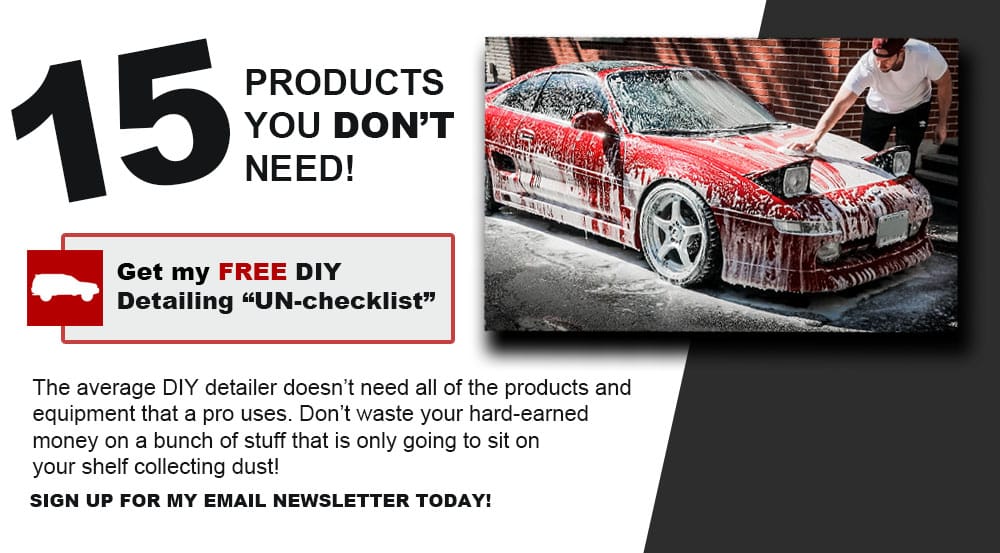

Tim is the creator of Canadian Gearhead. His experience with auto detailing and working for Toyota shows through all of the articles posted here. He runs the Canadian Gearhead site and YouTube channel full-time now and currently owns a 2007 4runner, 2006 Tacoma, and 1991 MR2. Read more about Tim:
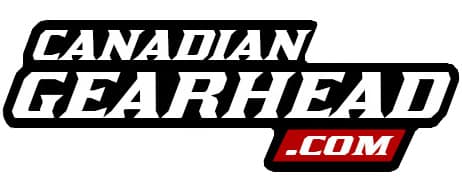
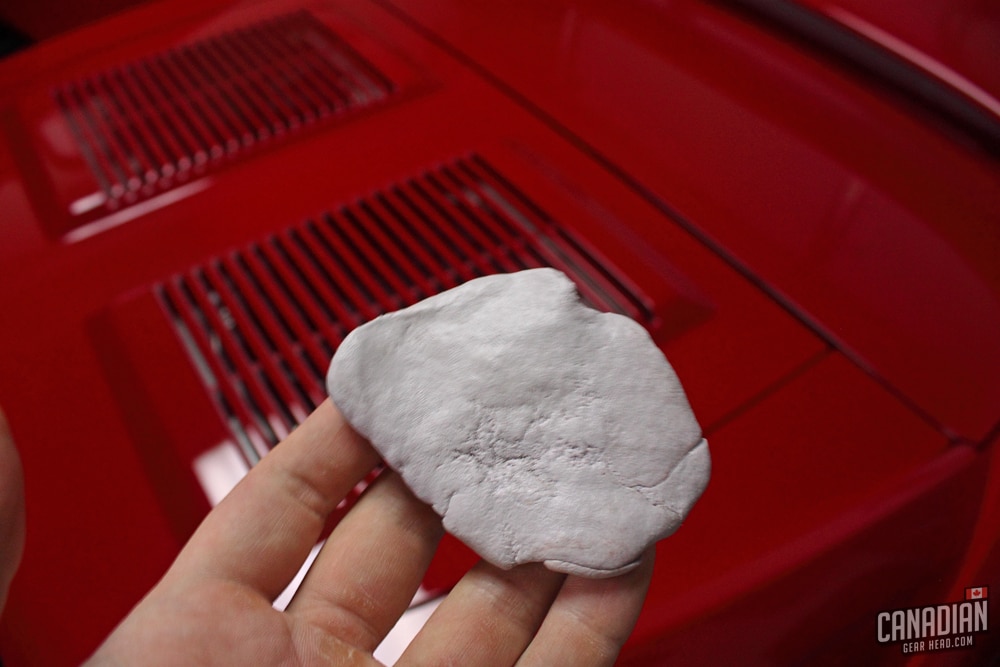
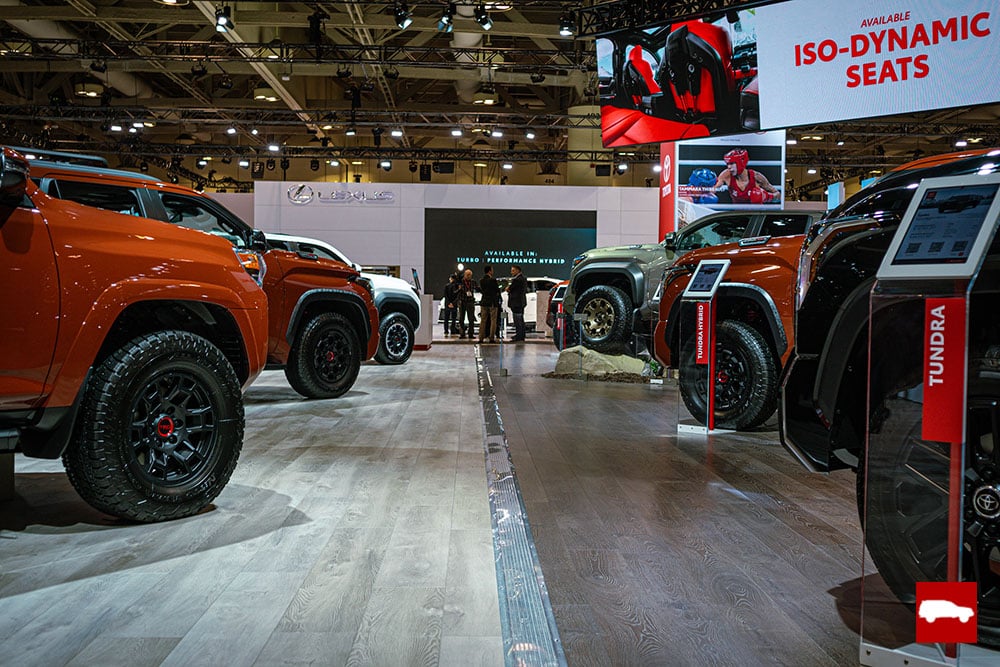
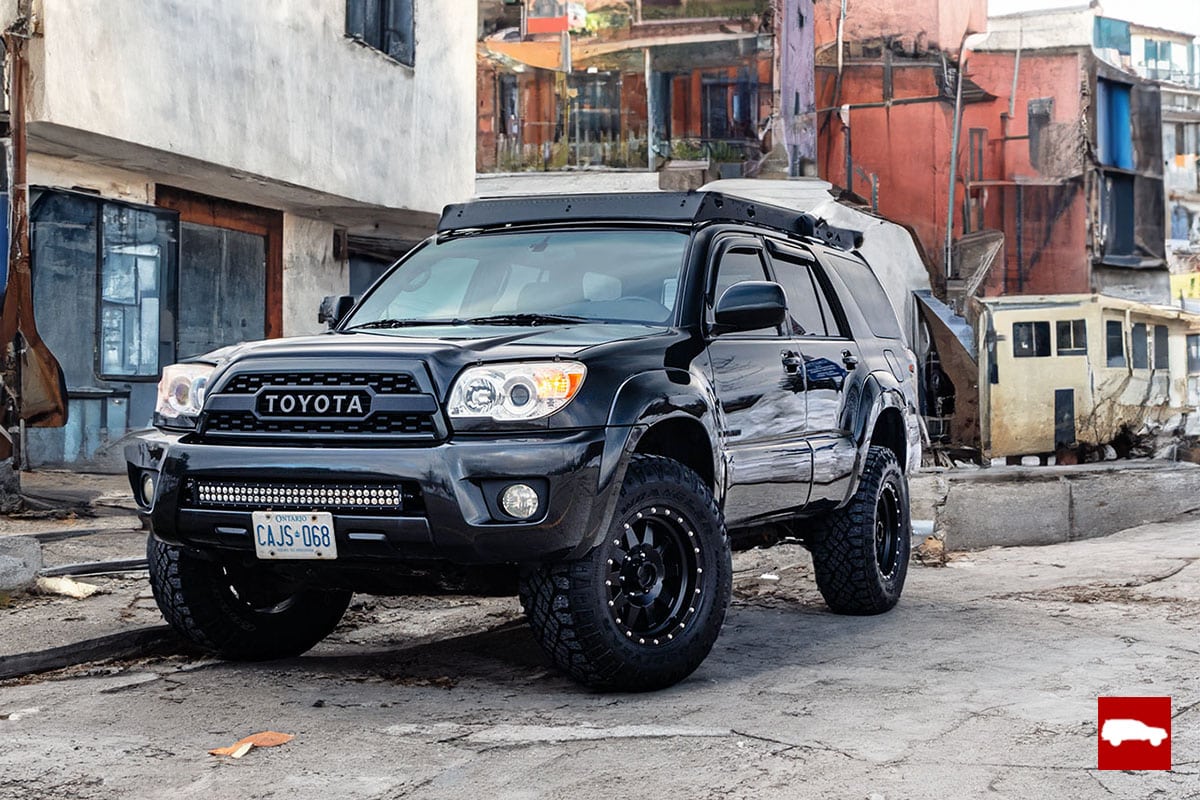
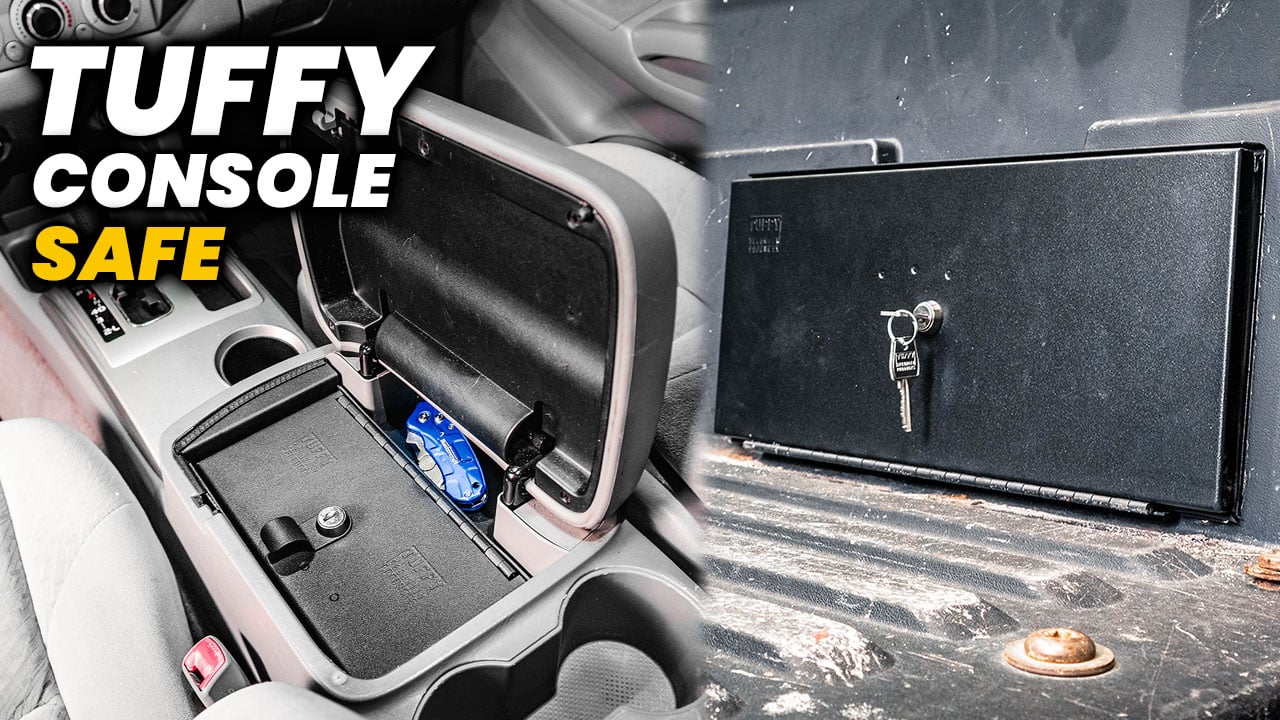
Leave a Reply